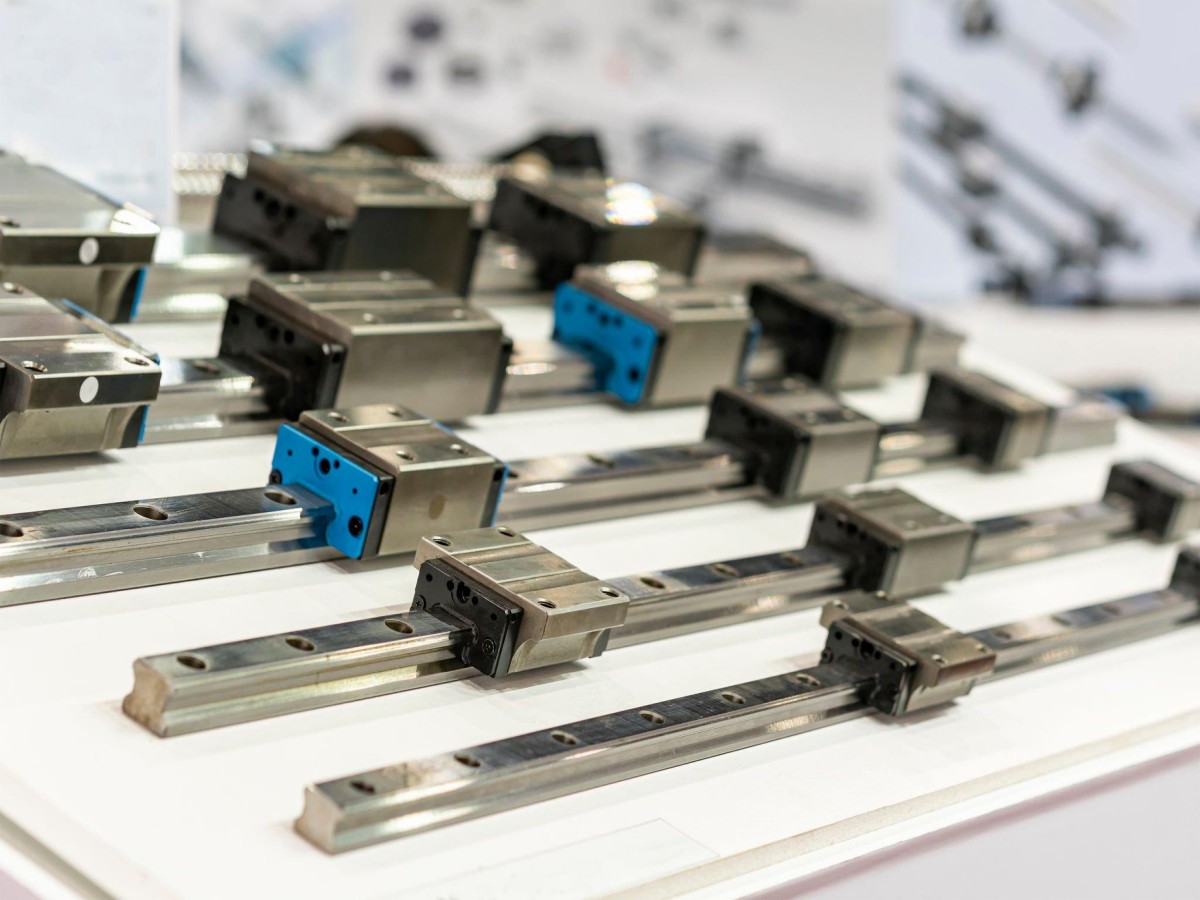Introduction
If you're involved in the e-commerce industry, you know how important it is to provide high-quality products to your customers. One such product that plays a crucial role in various industries is the linear guide rail bearing. In this ultimate guide, we will explore everything you need to know about linear guide rail bearings, including their uses, benefits, types, and key considerations when purchasing them.
What is a Linear Guide Rail Bearing?
A linear guide rail bearing, also known as a linear motion bearing, is a mechanical element that facilitates smooth and precise linear motion in a variety of applications. It consists of a rail and a carriage or block that moves along the rail.
Uses of Linear Guide Rail Bearings:
Linear guide rail bearings find applications in numerous industries, including:
- Automotive industry
- Machinery industry
- Robotics industry
- Medical equipment industry
- Printing industry
Benefits of Linear Guide Rail Bearings:
Linear guide rail bearings offer several advantages, making them a preferred choice in various applications:
- High precision: Linear guide rail bearings provide accurate and precise linear motion, ensuring smooth movement and positioning.
- High load capacity: They can withstand heavy loads and maintain stability, making them suitable for demanding applications.
- Low friction: The design of linear guide rail bearings reduces friction, resulting in reduced wear and longer service life.
- Noisy operation: Linear guide rail bearings operate quietly, making them ideal for noise-sensitive environments.
Types of Linear Guide Rail Bearings:
There are several types of linear guide rail bearings available, including:
- Ball-type linear guide rail bearings: These bearings use balls to facilitate smooth motion.
- Roller-type linear guide rail bearings: They use rollers instead of balls, offering higher load capacity.
- Needle-type linear guide rail bearings: These bearings have needle-shaped rollers for applications requiring high rigidity.
- Slide-type linear guide rail bearings: They are designed for low-load applications and offer cost-effective solutions.
Key Considerations when Purchasing Linear Guide Rail Bearings:
When purchasing linear guide rail bearings, it's important to consider the following factors:
- Load capacity: Determine the maximum load the bearing needs to support.
- Precision requirements: Consider the level of precision required for your application.
- Speed and acceleration: Evaluate the speed and acceleration requirements of your application to choose the right bearing.
- Environmental conditions: Take into account factors like temperature, dust, and moisture in your application environment.
- Budget: Set a budget and find a bearing that meets your requirements without exceeding your budget.
Conclusion:
Linear guide rail bearings are essential components in various industries, providing smooth and precise linear motion. By understanding their uses, benefits, types, and key considerations, you can make an informed decision when purchasing these bearings for your e-commerce business. Choose the right linear guide rail bearings to ensure customer satisfaction and enhance the performance of your products.

